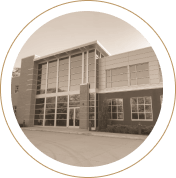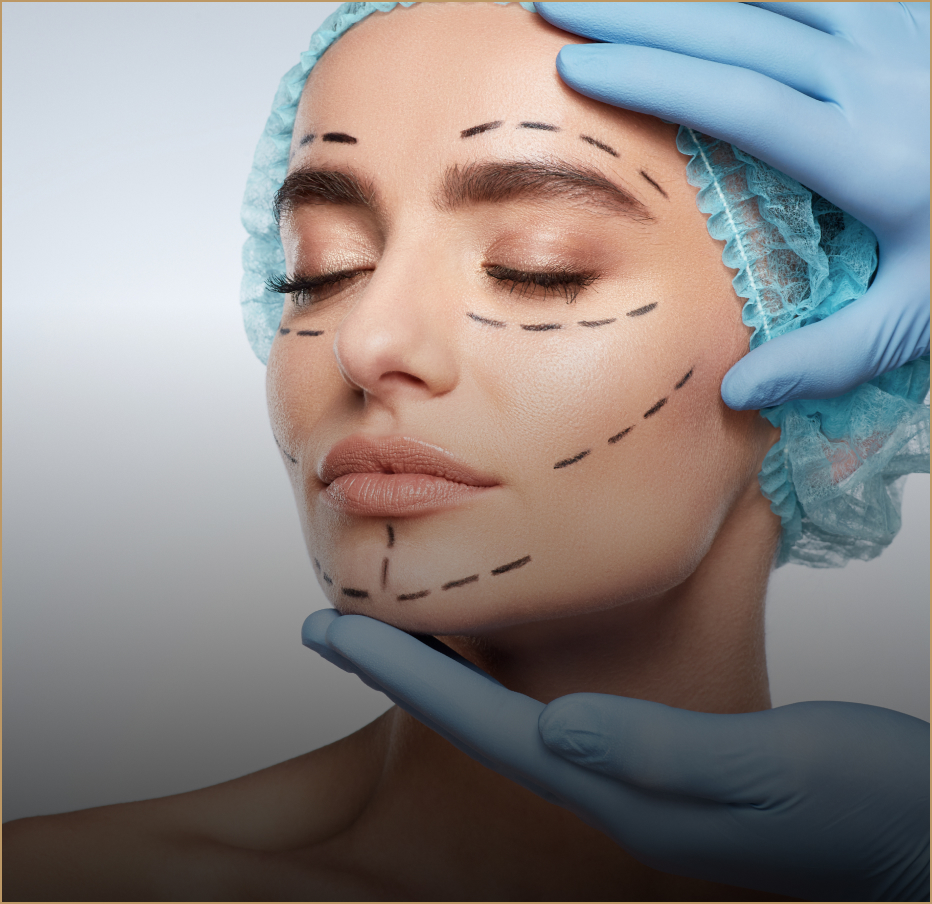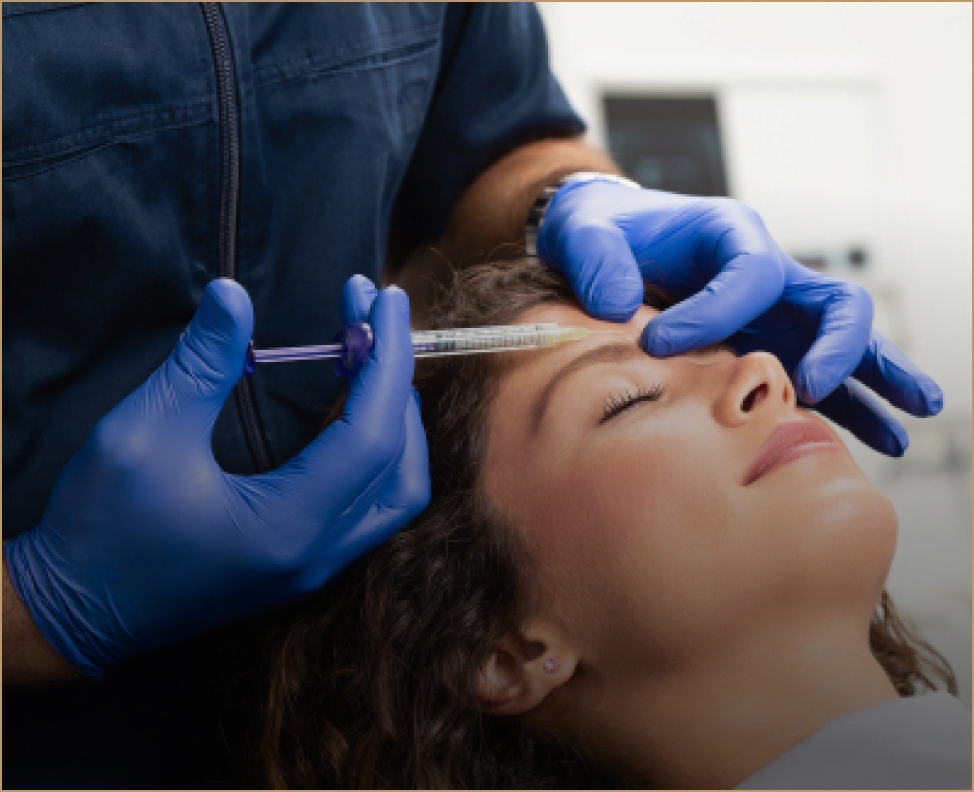Wildly popular with women from all walks of life, breast augmentation surgery can help transform your appearance and your self-confidence, and give your breasts a natural, rejuvenated look.
Although this procedure has come a long way since its advent in the 1960s, and is far safer than the earliest breast enhancement surgeries, breast augmentation recovery can still involve swelling and discomfort. The good news is that there are ways to speed up your recovery and begin living a positively transformed life.
Let’s take a look at what this procedure entails and some tips to reduce swelling after breast augmentation.

What is breast augmentation?
Breast augmentation (augmentation mammoplasty) is a cosmetic surgery that enhances and increases breast size. Depending on the surgeon you choose and the types of
implants you select, this surgery places breast implants directly under breast tissue or under your chest muscles.
The first breast implants used for cosmetic reasons debuted in 1961 and used thick silicone gel. The implants used today are more textured and appear more natural than their early counterparts. Throughout the decades, breast augmentations have become one of the most popular plastic surgeries. A staggering 2.2 million breast implant procedures were completed in 2022.
Reasons for a breast augmentation
Although women might choose breast implants for a wide variety of reasons, there are several common motivations that the plastic surgery team at Quintessa sees in our patients. Breast augmentations at any of our five locations are often performed for:
- Breast enhancement
- Reshaping physical contours
- Restoring breast shape and volume after pregnancy or weight loss
- Rejuvenation of appearance
- Increasing confidence and feelings of femininity
Types of breast augmentations
There are two types of breast augmentation procedures that may produce varying results. Although breast augmentation recovery time may vary based on individual patient experiences, most augmentations require at least four to eight weeks to completely heal. Breast augmentations are performed using one of two methods:
- Breast implants:
A breast lift with implants is the most common type of breast augmentation.There are three main types of breast implants: Saline, silicone, and structured saline. Implants are used for breast reconstruction or augmentation procedures. Breast implant recovery may take a month to two months of regimented rest. Your recovery time is based on the type of implant you receive and the elasticity of your skin.
For example, if you’re lean and have tight skin, it might take longer for you to heal than a patient with excess fat and loose skin.
- Fat transfer:
Breast augmentation with fat creates a natural look and doesn’t require implants. This procedure is done via an injection of fat cells transferred through liposuction.
Fat transfer augmentation is considered less invasive than breast implants and although it may take up to six months to see final results, the recovery time is significantly shorter than breast implant surgery.
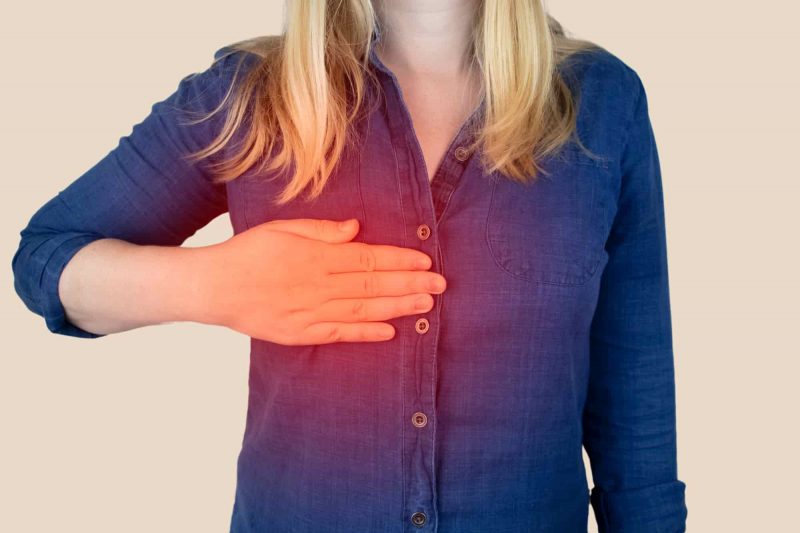
How common is pain after breast augmentation?
It’s common to feel a bit of pain and discomfort after a breast augmentation. However, the severity may depend on factors such as your normal pain threshold and your skin elasticity. If pain increases or remains constant for longer than a week, it’s important to contact your plastic surgeon immediately.
Some of the symptoms you may experience include:
- Back pain
- Bruising
- Burning sensation in the area surrounding the incision
- Muscle soreness
- Shoulder pain
- Swelling
- Sunburn sensations
How long does swelling last after breast implants?
After you receive your breast implants, you may notice some excess swelling around your incisions and in your breasts. Don’t be alarmed if the swelling increases in the first few days after your surgery. This should begin to decrease within seven days, but mild swelling might linger for several months after your breast augmentation.
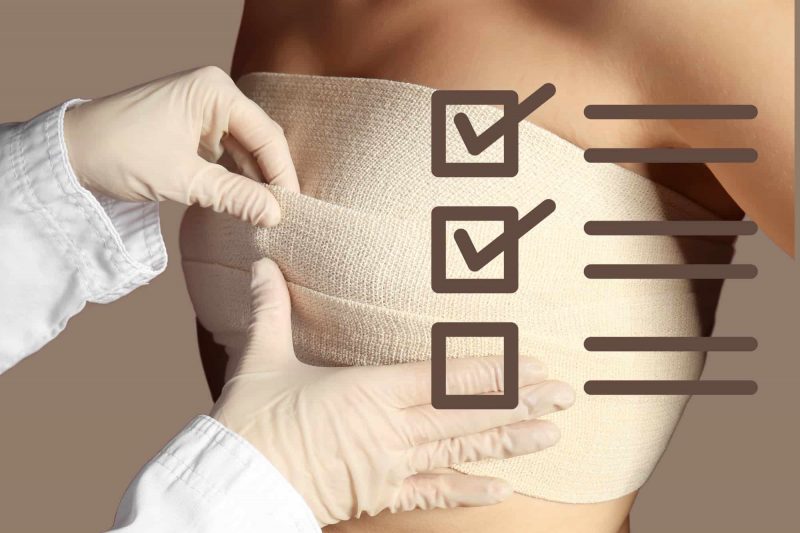
7 tips to reduce swelling after breast augmentation
How to speed up breast augmentation recovery really boils down to following some simple tips and ensuring that you’re adhering to the guidelines you received from your plastic surgeon.
1. Why you should use ice after breast augmentation
Although alternating between heat and ice may decrease pain and discomfort, using ice can help speed up breast augmentation recovery and reduce swelling from breast implants. Use ice liberally for the first 2-3 days after your surgery to minimize pain, pulling your incisions, and swelling.
Place ice on your breasts but avoid the sensitive nipples. Keep in place for 15 minutes. Moldable ice packs or frozen vegetables can curve to your breast shape and hit every target area.
2. Wear compression garments
After your procedure, your surgeon will issue compression garments to help in your breast augmentation recovery. These garments include bandages wrapped around your breasts and a compression bra. Wearing a compression bra for 4-6 weeks after your surgery will help reduce swelling, speed up breast augmentation recovery, and offer support for your implants.
3. Rest and relaxation
Although you’ll be able to resume many normal activities in your first weeks of breast augmentation recovery, you’ll need to take some time off of work, heavy lifting, and a busy daily routine in order to speed up the healing process.
If you neglect to rest, you could risk opening your incisions, increase swelling and discomfort, and slow down your recovery. If your implants are placed under the pectoralis major (chest) muscles, then you should avoid any activities that will place pressure on these muscles. If you reach too high or lift heavy objects, the muscles may push on your breast implants and cause them to move down and out.
4. Use over-the-counter medicine for pain management
Ibuprofen and Extra-Strength Tylenol are great tools to speed up breast augmentation recovery. Your pain should be mild enough that Tylenol can manage and reduce it, and Ibuprofen can help decrease your swelling. Narcotic pain medications shouldn’t be necessary and often leave patients with undesirable side effects like fatigue, nausea, and constipation.
5. Plan to have care and support at home
Your breast augmentation recovery can begin quickly with someone to help you as you rest and heal. In the first days following your surgery, you’ll likely feel soreness, fatigue, and discomfort. You’ll need to refrain from lifting anything heavier than a gallon of milk, and may need assistance with routine tasks and meal preparation.
This assistance can help you focus on icing your breasts and resting to speed up recovery and reduce breast implant swelling.
You may be unable to drive for the first several days of recovery, and if you have children at home, it may be beneficial to have another caregiver on hand to take care of them. However, you should be able to resume many normal activities within a few days.
6. Practice healthy habits before breast augmentation
Before your breast augmentation, you should incorporate exercise into your daily routine. Cardio and strength training can significantly improve your recovery process. Avoid unhealthy habits such as smoking and excessive alcohol use, as both impact your blood circulation and can increase the risk of post-surgery infection and impede your healing.
Hydration and healthy whole foods can help speed up your breast augmentation recovery by providing you with vital nutrients to build up your immune system and help repair tissue.
7. Avoid non-prescribed creams and lotions
Leading plastic surgery centers like Quintessa use dermabond (surgical glue) to close breast augmentation incisions. Before the dermabond is removed, creams and lotions that haven’t been prescribed by your surgeon could detrimentally interact with your incisions and slow down recovery.
After the glue is removed, patients at Quintessa are prescribed a silicone gel that helps to speed up breast implant recovery and fades scars. Other creams and lotions may irritate your scars, delay healing, and make scars worse.For best results, do not put anything on your incisions unless your surgeon instructs you to do so.
To reduce swelling and speed up breast augmentation recovery, follow the above tips, and rest, ice, and keep your breasts elevated. Avoid sleeping on your stomach, and use pillows to relieve upper breast swelling.







